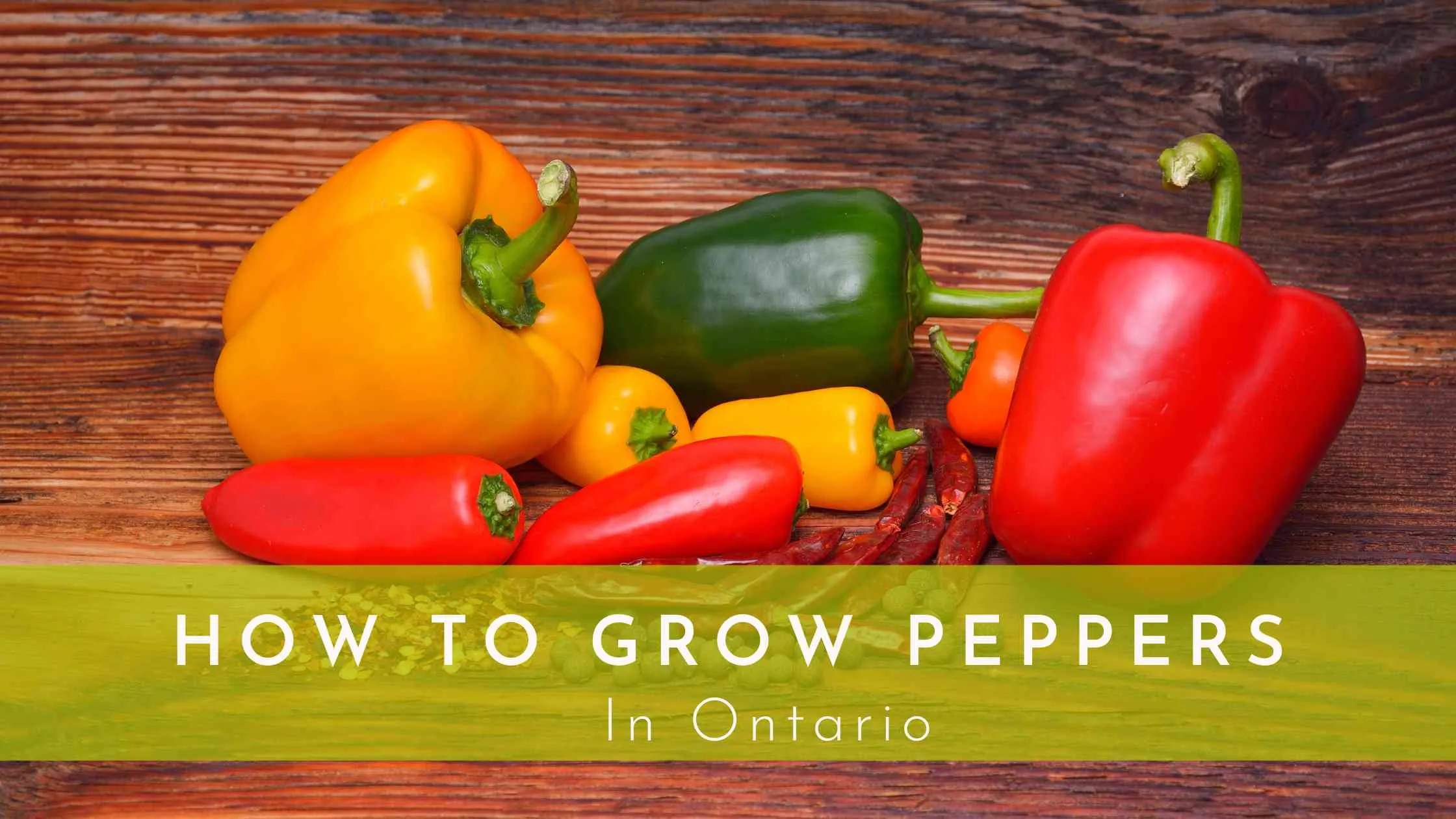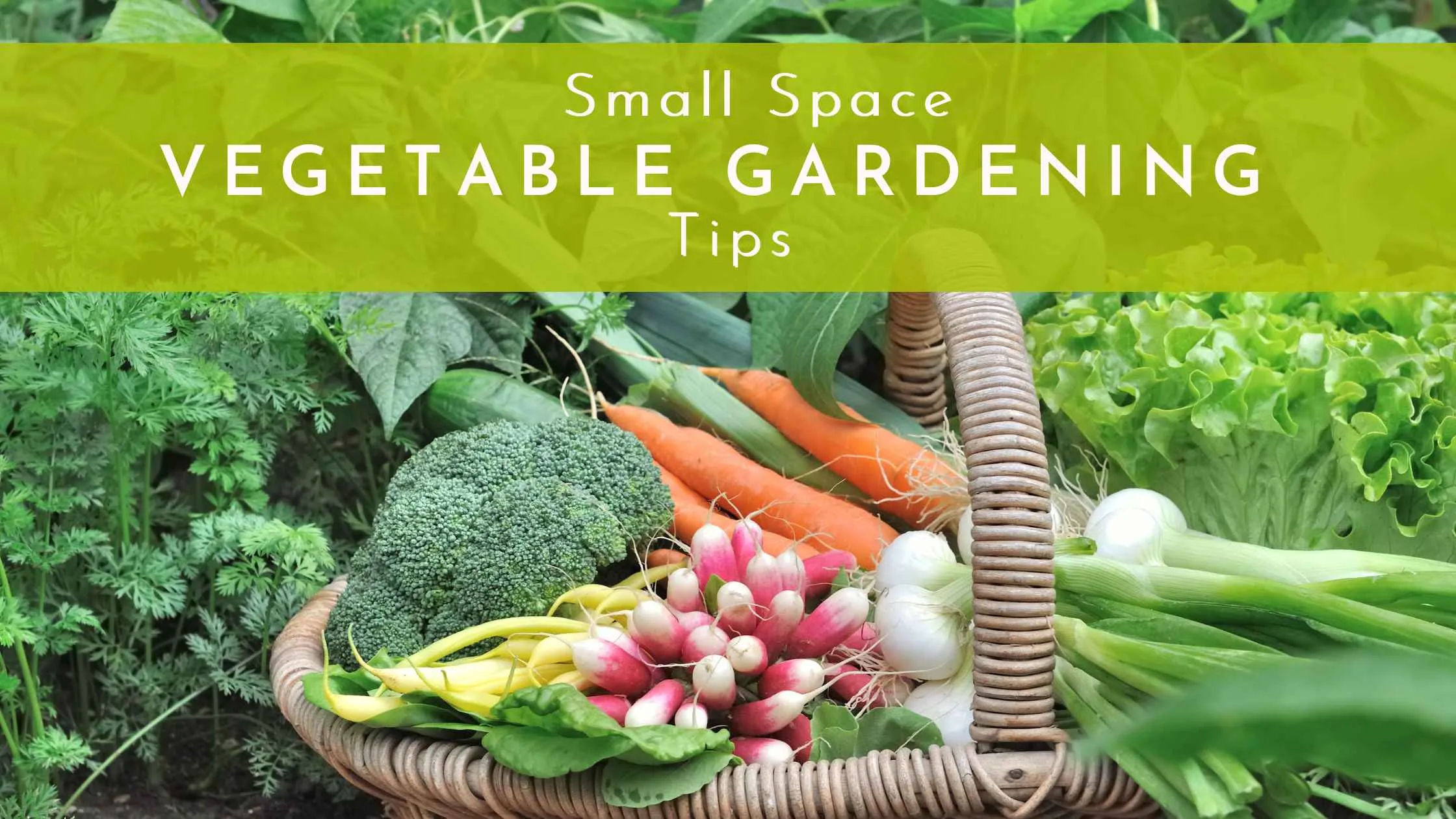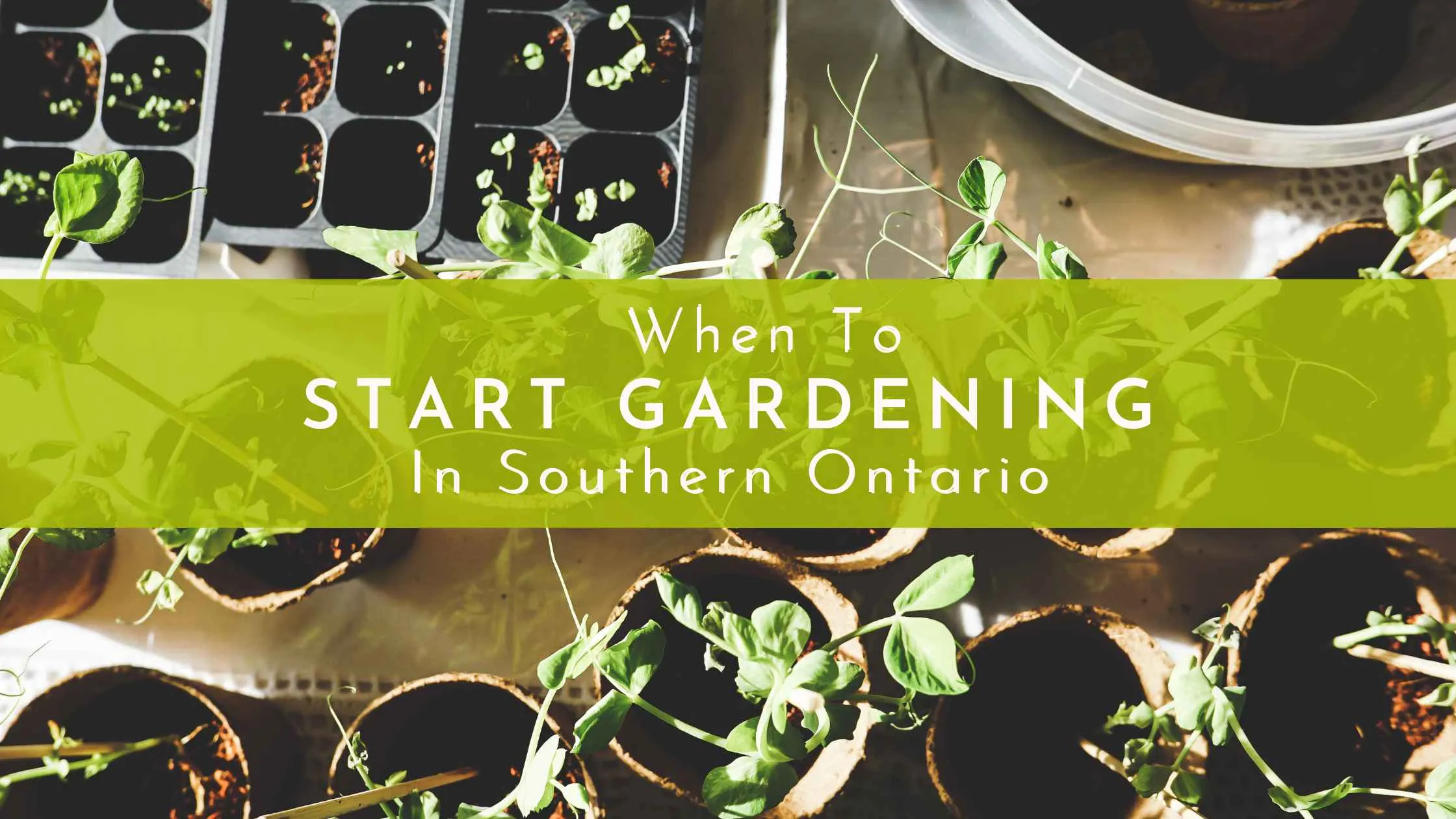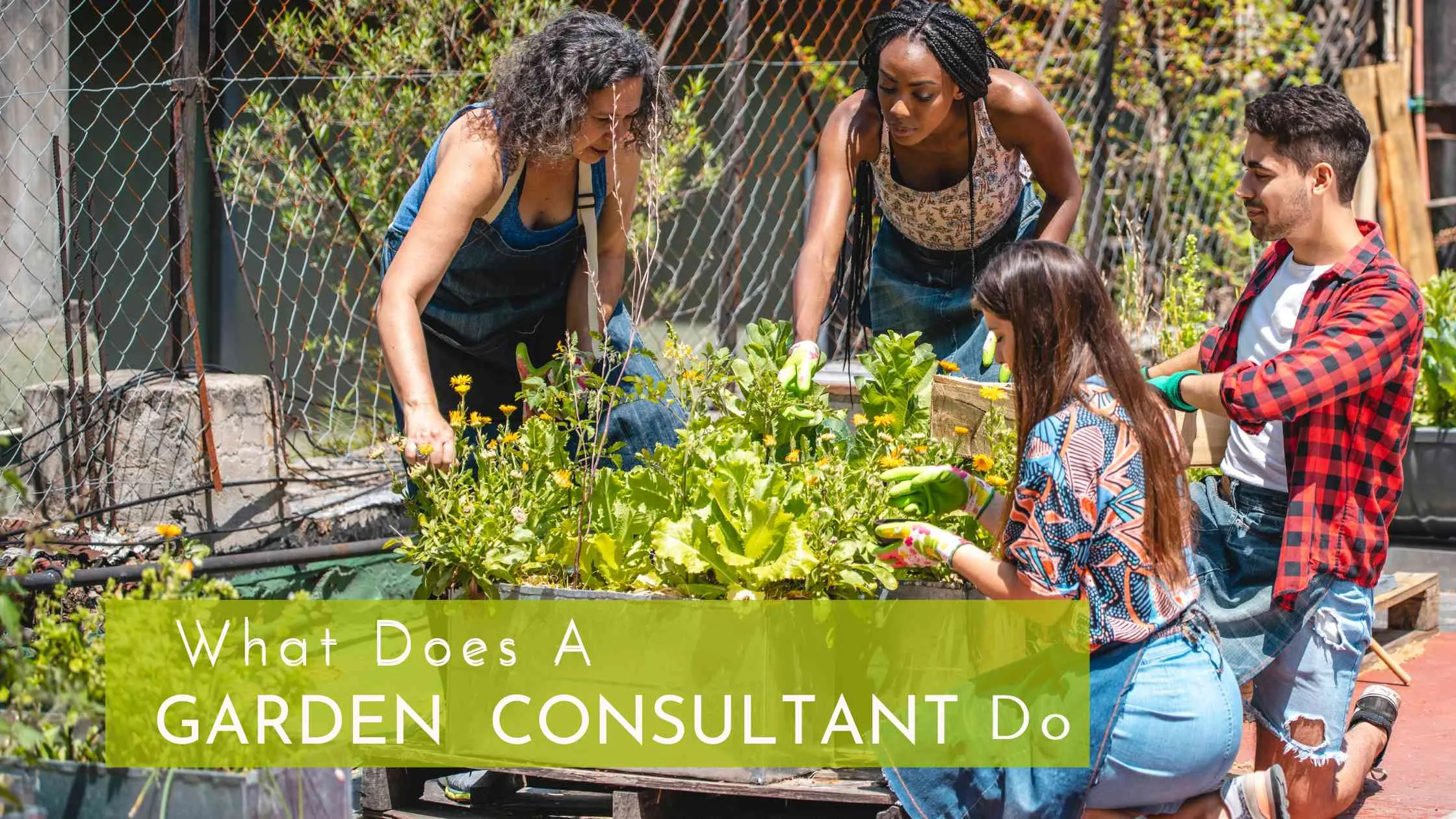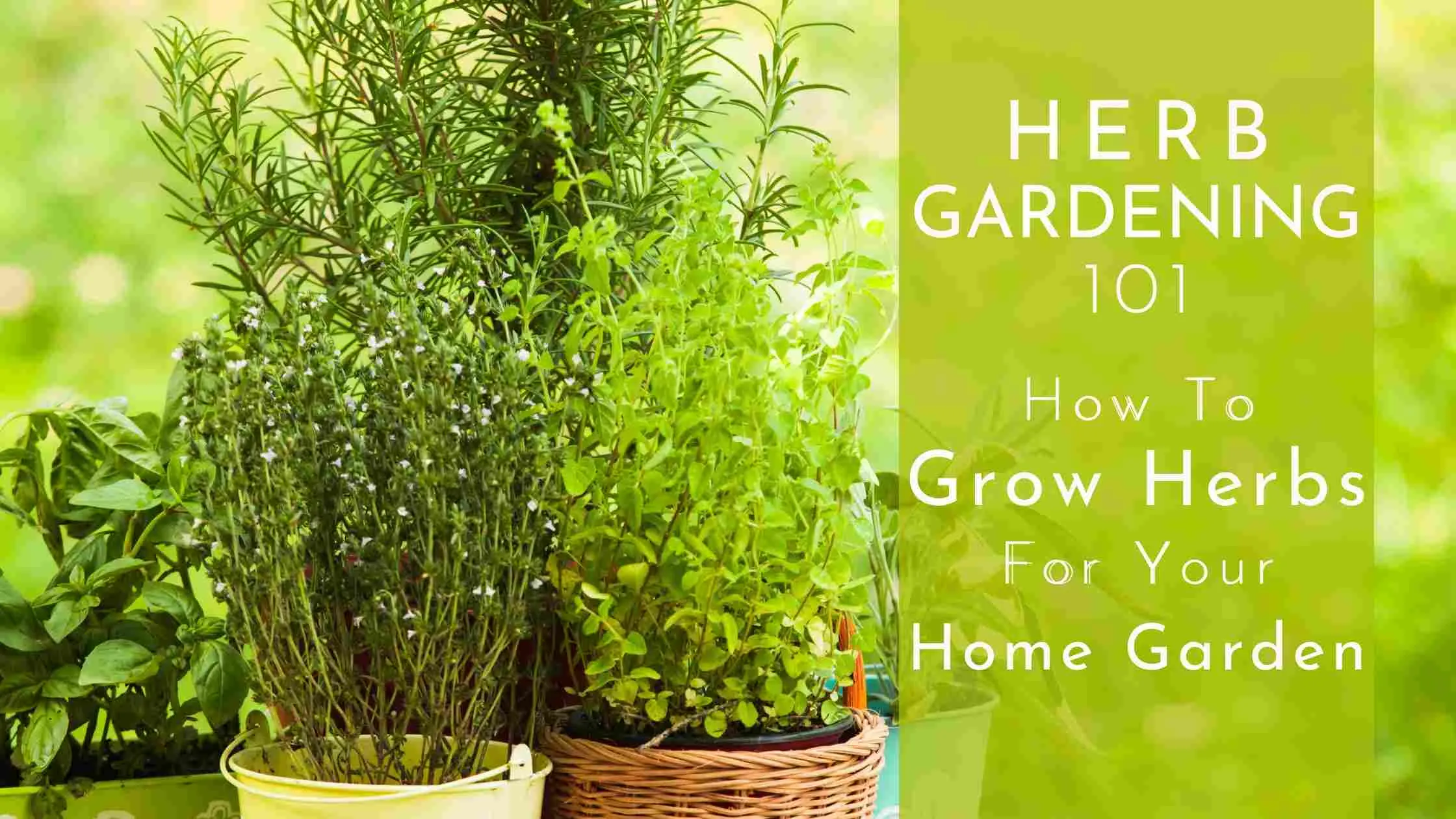Complete Guide to Small‑Space Gardening (Ontario)
Short on space? No problem. With the right pots, soil, and light, you can grow a tasty garden on a balcony, patio, windowsill, or tiny yard—this season.
In this Guide, you’ll learn: how much sun you need to grow which crops, the pots to use, an easy soil mix, simple watering and feeding techniques, space‑saving tricks, seed starting, pest basics, and how to stretch the season in southern Ontario (zones ~5–6).
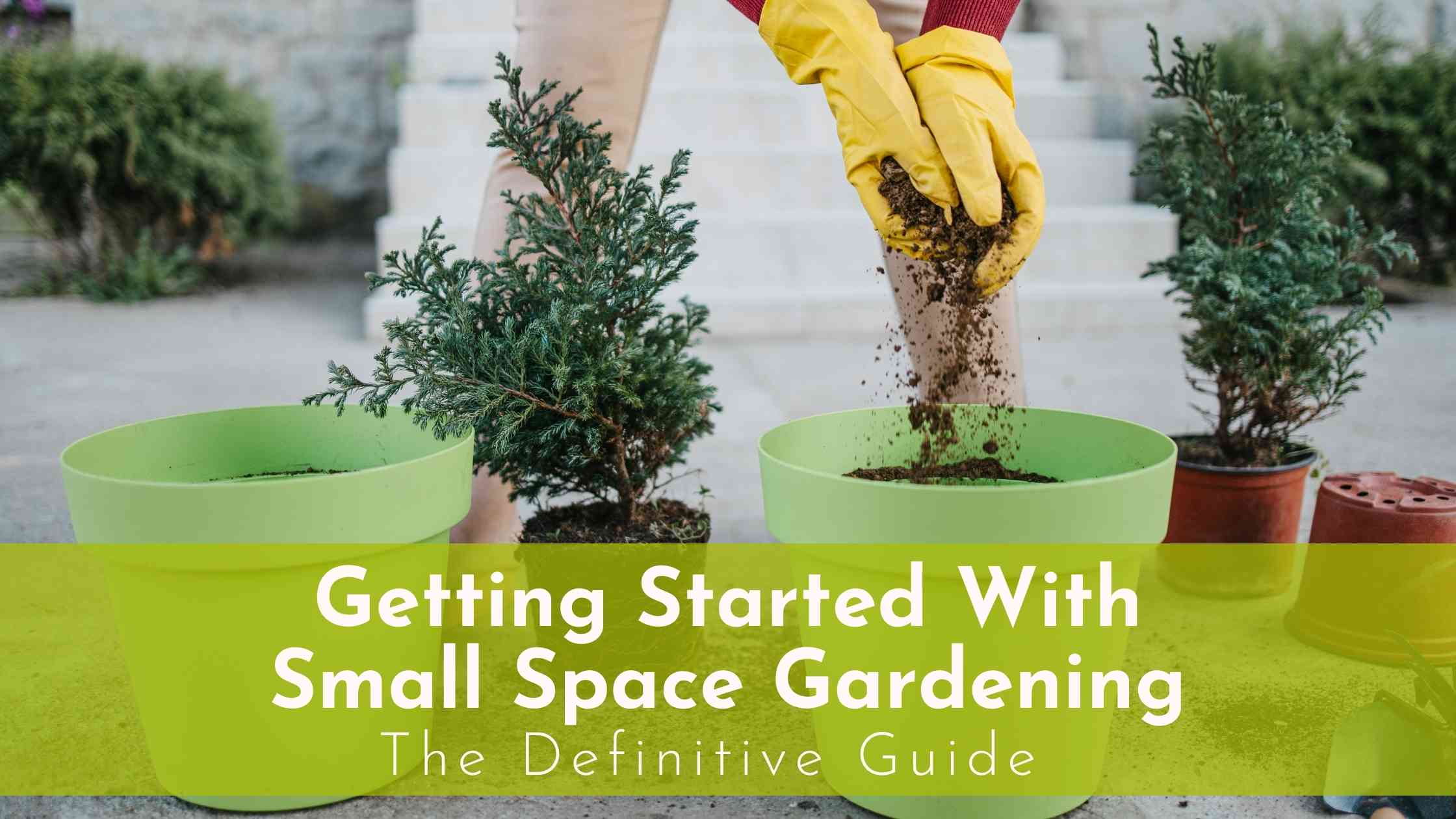
Let’s get started.
Planning Your Space (Sun, Wind, Weight, Water)
To plan your space, there are a few steps you need to follow. Taking 20–30 minutes now will save you hours later.
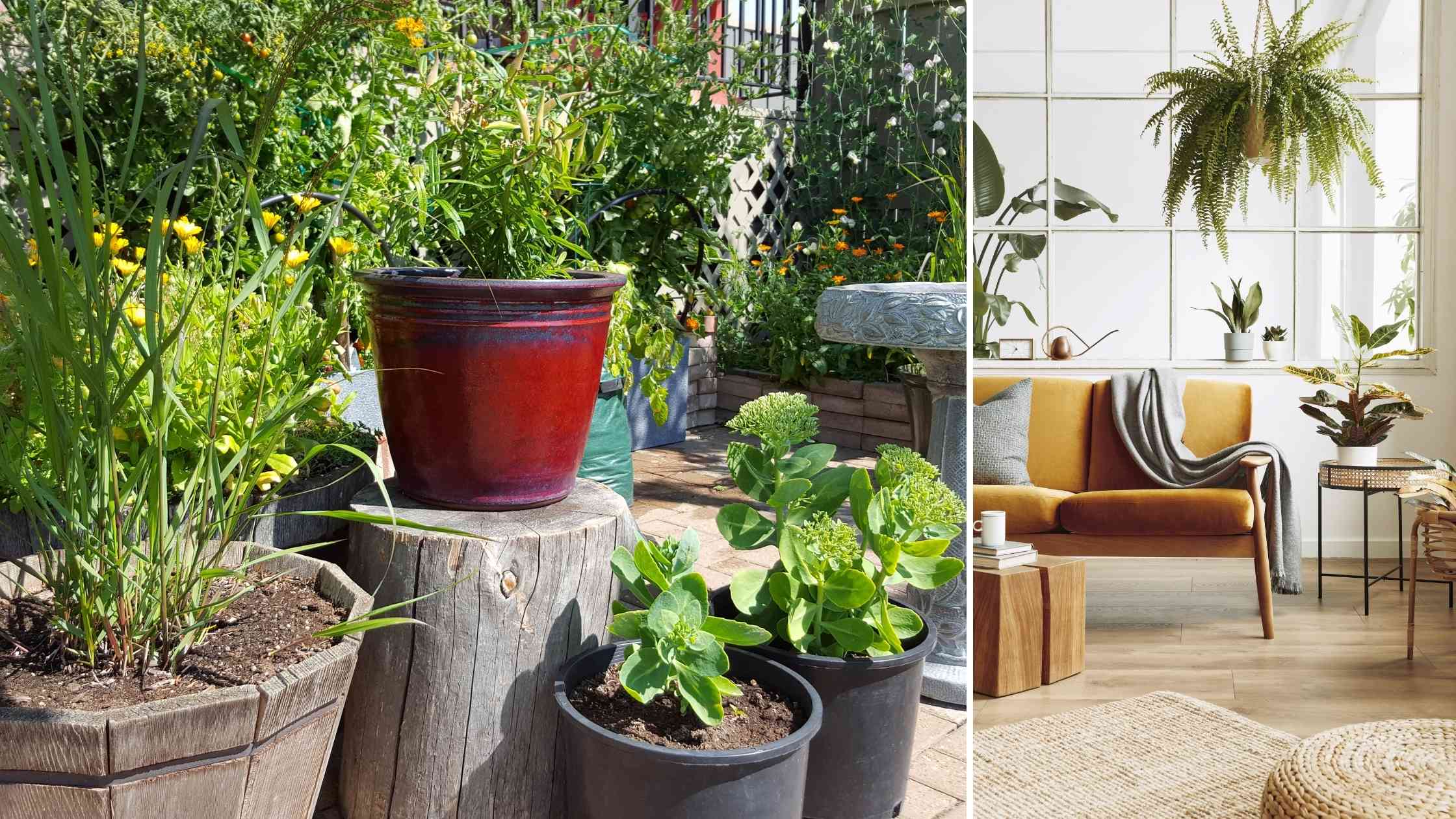
1) Map your sun
Watch your space from morning to evening on a clear day.
- Mark places that get 6–8 hours of direct sun (full sun).
- Mark places that get 4–6 hours (part sun).
- Mark places that get 3–4 hours (low light).
This matters because fruiting crops, like tomatoes and peppers, need more sun. Greens and many herbs are happy with less.
Q: How much sun do my plants need?
A: Fruiting crops (tomatoes, peppers, cucumbers) like 6–8 hours of direct sun. Leafy greens and many herbs grow well with 4–6 hours. If you only have 3–4 hours, choose greens, herbs, or microgreens. A small LED grow light can also help.
2) Check wind and heat
Balconies can be windy and hot, especially on higher floors or those facing south or west.
- Group pots together to share shade and cut the wind.
- Add a thin layer of mulch on top of the soil (such as straw or shredded bark) to keep roots cool.
- Use taller plants as a windbreak for shorter ones.
- Water a bit more often during heat waves as small pots dry out faster
3) Think about weight and safety
Wet soil is heavy. Always follow building rules to avoid any issues. Here are a few guidelines:
- Keep the biggest pots near walls or structural edges where weight is better supported.
- Use lighter containers (plastic or fabric grow bags) instead of heavy clay if you’re worried about load.
- Use pot feet or slats so water can drain and floors dry faster.
Q: Is balcony weight a real issue?
A: Yes. Plan your layout so the heaviest pots sit along stronger (supported) edges, spread weight out, and don’t overload. When in doubt, choose lighter pots and fewer large containers.
4) Plan water access
In hot weather, you would probably need to water daily. Make it easy.
- Can you reach with a watering can? If not, use a light hose where allowed.
- Try self‑watering containers to stretch the time between waterings.
- Place pots close together so one trip waters many plants.
5) Ontario timing note
Our spring and fall can be cool at night. You will need to protect your plants so you can start earlier and finish later. Check out when to plant cool-season vegetables for the right timing in Ontario. You can also explore our small space kitchen garden ideas.
Q: What can I grow with only 3–4 hours of sun?
A: Stick to leafy greens (lettuce, spinach), herbs like parsley and chives, and microgreens. These crops don’t need as much light and still give great harvests.
Containers That Work (and Sizes That Save You Headaches)
Good containers make small‑space gardening easier. Pick pots that drain well and hold enough soil so plants don’t dry out too quickly. When selecting containers:
- Drainage holes are a must. No holes = soggy roots.
- Skip the gravel myth. Do not add rocks to the bottom of pots. Use a good potting mix and let the drainage holes do their job.
Pot types (choose what fits your lifestyle)
- Plastic: light, holds water longer, easy to move.
- Fabric grow bags: roots love the airflow; they dry a bit faster, so water and mulch the top.
- Clay/terracotta: looks great, heavier, and dries quickly—watch your watering.
- Wood/metal/brick raised beds: allow the roots to breathe, but they don’t dry out as quickly as fabric bags.
Budget hack: 5‑gallon buckets with holes drilled in the base work very well.
How big should the pot be?
Minimum sizes
Bigger pot sizes are usually easier, especially in hot weather:
- Tomato / Pepper / Cucumber / Eggplant: 5–10+ gallons (19–40+ L)
- Bush beans / Kale / Chard / Small cabbage: 4–6+ gallons (15–22+ L)
- Lettuce / Spinach / Radish / Most herbs: 1–3+ gallons (3–11+ L); 4–6 in (10–15.25+ cm) deep is fine
- Carrots / Beets: 8–12+ in (20.5–30.5+ cm) deep (long carrots need deeper)
Q: Can I grow in 5‑gallon buckets?
A: Yes. Drill several holes in the bottom, raise the bucket slightly on pot feet or slats, and you’ve got a sturdy, low‑cost container.
Q: Are grow bags good?
A: Yes. They’re light and root‑friendly. Because they breathe, they can dry out faster—mulch the top and check the moisture level often.
Self‑watering (reservoir) containers
These have a water chamber at the bottom and keep soil evenly moist—perfect for busy weeks. You’ll still need to check water levels in hot spells.
For more information, you can also refer to our guide on container gardening and ideas for vertical gardens to save floor space.
Q: What size pot do I need for each crop?
A: Use the guide above as your minimums. If possible, go one size up. More soil means more food and water for the plant, and fewer problems for you.

Soil & Feeding
Soil in pots is different from soil in the ground. Roots in a container need air, steady moisture, and gentle food. So you’ll want to use light and fluffy soil.
Use potting mix, not garden soil
Potting mix is light and drains well. Garden soil is heavy and compacts in pots, which can drown roots.
Easy soil recipe
Start with a good bagged potting mix. Mix in a little compost for nutrients and a scoop of perlite for extra air flow.
Interested in creating your own compast? You can check out our composting article. For more Simple, practical tips check our compost for kitchen gardens.
Q: Can I use garden soil in pots?
A: No. It compacts and holds too much water in containers. Use a potting mix.
Q: What’s the best soil recipe?
A: There are now many potting mix variations available on the market. If you know the types of crops you will be growing or even the type of posts, you can select the bagged mix that suits your needs. Otherwise, your fallback is a simple potting mix + a small amount of compost + perlite. Remember: keep it simple and fluffy.
Feeding made simple
- At planting, mix in a slow-release fertilizer to feed plants for weeks.
- During growth: Use a gentle liquid feed every 1–2 weeks, following the label.
Q: How do I feed container plants without overdoing it?
A: Use slow‑release at planting, then a mild liquid feed every week or two. More is not better—too much fertilizer can burn roots and attract pests.
Watering Without Worry
Watering is the job you’ll do most. Get this right and your plants will thrive.
When to water
Use the finger test: if the top 2–3 cm (about 1 inch) of soil feels dry, it’s time to water.
How to water
Water until you see water drain from the bottom. This means the whole root zone got a drink. Empty any saucers after a few minutes so roots don’t sit in water.
Hot weather tips
Small pots can dry out fast in July and August. You may water daily or even twice a day during heat waves.
Slow the drying
- Mulch the soil surface with a thin layer of straw or shredded bark.
- Choose bigger pots so there’s more soil to hold water.
- Use self‑watering containers to even out moisture.
Learn gardening tips for water conservation that work on balconies and patios.
Q: How often should I water?
A: Check daily. Water when the top layer is dry. In hot weather, expect to water more often.
Q: Any tricks to keep pots from drying so fast?
A: Mulch the top of the soil, use bigger containers, and consider self‑watering pots. Grouping pots together or using a method called intensive planting also helps shade the soil.

What to Grow (Match Plants to Your Light)
Pick plants that match your light conditions. You’ll ultimately harvest more and be happier.
Light‑based choices
- Sunny (6–8h): tomatoes, peppers, cucumbers, beans
- Part‑sun (4–6h): lettuce, spinach, kale, chard, many herbs
- Low‑light (3–4h): microgreens, chives, parsley, mint
Fruit in pots
If you’re interested in growing fruit crops or trees, choose dwarf or compact varieties. Use large containers (15–30 gallons for small fruit trees). Stake well, water on time, and feed gently.
Herb roommates
Group herbs by water needs:
- Drier: rosemary, thyme, oregano
- Moist: basil, parsley
- Mint gets its own pot because it likes to spread and take over any space that it’s in.
Ontario note
Start cool‑tolerant greens early. Plant heat‑lovers like tomatoes and peppers after the last spring frost.
Browse our small space kitchen gardening hub for more ideas and add bee‑friendly picks from plants that attract beneficial insects.
Q: Can I put different herbs together?
A: Yes—group herbs with similar water needs. Keep mint in its own pot so it doesn’t take over.
Q: Can I grow fruit in pots?
A: Yes—use a big enough container, give steady water and food, and support the plant with stakes or a cage.
Grow Up! (Vertical Tricks for Tiny Spaces)
When floor space is limited, use the air. Vertical growing keeps plants healthy and your space tidy.
Simple supports
Especially for vining plants, or those needing some extra support, use stakes, cages, trellises, or strong strings. Tie plants loosely with soft ties so stems don’t get hurt.
Plants that love to climb
Peas, pole beans, cucumbers, and some varieties of tomatoes are easy climbers and great space savers.
Tomatoes in tight spots
Train vining tomatoes (also known as indeterminate tomatoes) to one main stem. Pinch off small side shoots (called “suckers”). This improves airflow and keeps plants narrow.
Our article on vertical gardening provides more information. You can also check our raised bed options for small gardens if you have a small yard.
Q: How do I grow “up” to save space?
A: Add a trellis or cage and gently guide stems with soft ties. Keep the base clear so air can move around the plant.
Q: Can I prune tomatoes for small spaces?
A: Yes—training to one main stem and removing extra side shoots helps a lot.
City Pollination: Will I Get Fruit?
There are many beneficial insects, such as bees, that halp with pollination. However, the higher off the ground your garden is, the less these insects are available. Many balconies for instance have fewer bees. However, you can still harvest.
Easy solutions
- Choose parthenocarpic cucumbers that make fruit without pollination.
- Hand‑pollinate with a small brush by moving pollen from flower to flower.
- Add small flowers and herbs to invite bees when they are nearby.
Related: Plant flowers that attract beneficial insects to boost balcony biodiversity.
Q: My balcony doesn’t get bees. Will I get cucumbers?
A: Yes. Pick parthenocarpic types or hand‑pollinate. Planting a few bee‑friendly flowers also helps when pollinators visit.
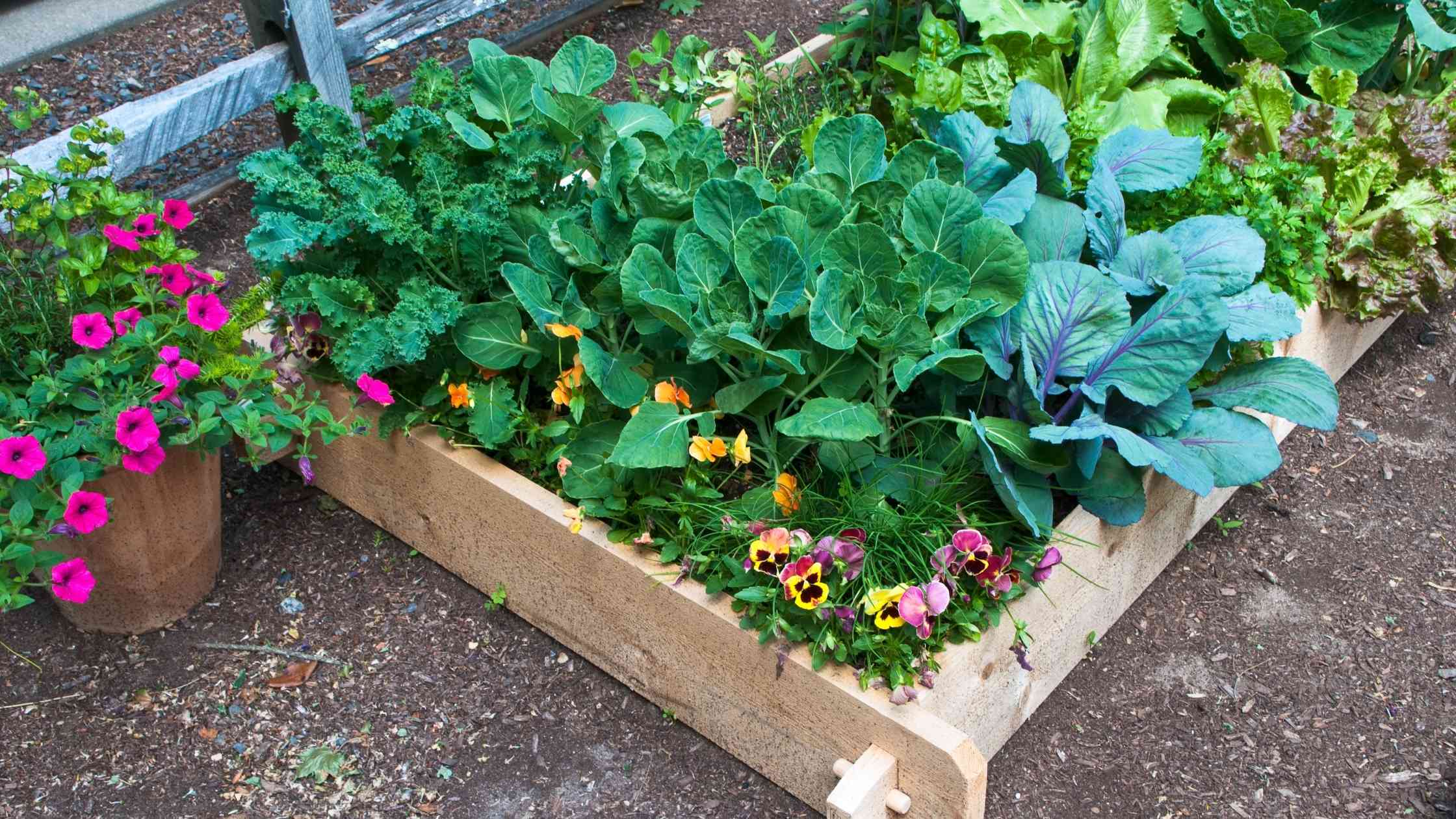
Seeds, Starts & Succession
Starting from seed can be fun and also saves money. You can also buy healthy starts to save time.
Start seeds indoors
Use a bright window or an LED grow light for 12–16 hours/day. Keep the seed mix lightly moist—not soggy.
Harden off seedlings before planting outside
When preparing to transplant your seedlings, place them outside in the shade for a few hours on the first day. Add more time and light each day for a week. This toughens them up for outdoor life.
Plant in waves (succession)
Sow a small batch every 1–2 weeks for crops like lettuce, radish, and bush beans. This spreads out your harvest.
Use our Ontario planting calendar to time cool‑season and warm‑season crops.
Q: How do I start seeds in a small space?
A: Use small trays by a bright window or under an LED light. Label, keep moist, and harden off before moving outside.
Q: What is succession planting?
A: Planting small amounts often so you harvest a steady stream instead of all at once.
Stretch Your Season (Ontario‑Smart)
Cool nights don’t have to stop you. Simple covers can add warmth in spring and fall.
Row covers
These are light fabric you lay over plants on cold nights. It can add a few degrees of warmth. Lift or vent these covers on sunny days so plants don’t overheat.
Easy cold frame
A clear tote or old window over a low box makes a simple cold frame. It traps heat and blocks wind.
Related: See our tips for fall gardening in Ontario and winter gardening in Ontario.
Q: How do I garden longer into spring and fall?
A: Use row covers or a small cold frame. They protect plants from light frost and chilly wind, so you can start earlier and finish later.
Pests & Easy Fixes
Healthy plants fight pests better. Check leaves every few days so you can act early. Here are the most common pest groups you’ll meet in southern Ontario gardens, with simple fixes.
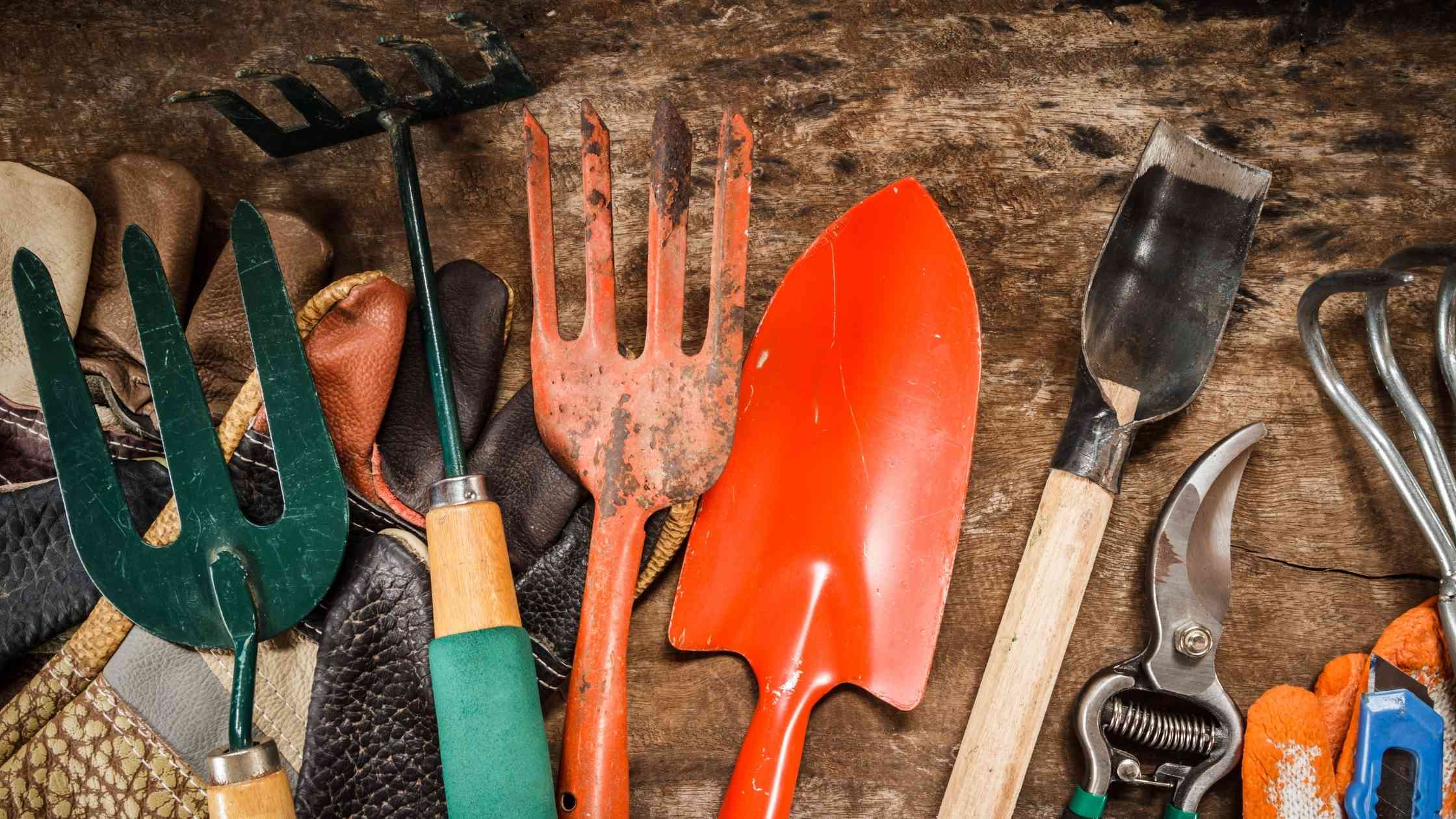
1) Sap‑sucking insects (tiny bugs that drink plant juices)
Examples: aphids (green/black), whiteflies, spider mites (also thrips on some plants)
Signs: sticky leaves (honeydew), curled/yellowing leaves, pale speckles, fine webbing (mites).
Fixes:
- Home remedy: Blast the undersides of leaves with a strong spray of water every 1–2 days until controlled.
- DIY soap spray: Mix 1 tsp mild, unscented liquid soap in 1 litre of water. Test on one leaf. Spray in the evening, coating undersides; avoid open flowers. Repeat every 5–7 days.
- Traps/controls: Yellow (or blue for thrips) sticky cards near plants; insecticidal soap or neem oil per label. Avoid spraying in hot midday sun.
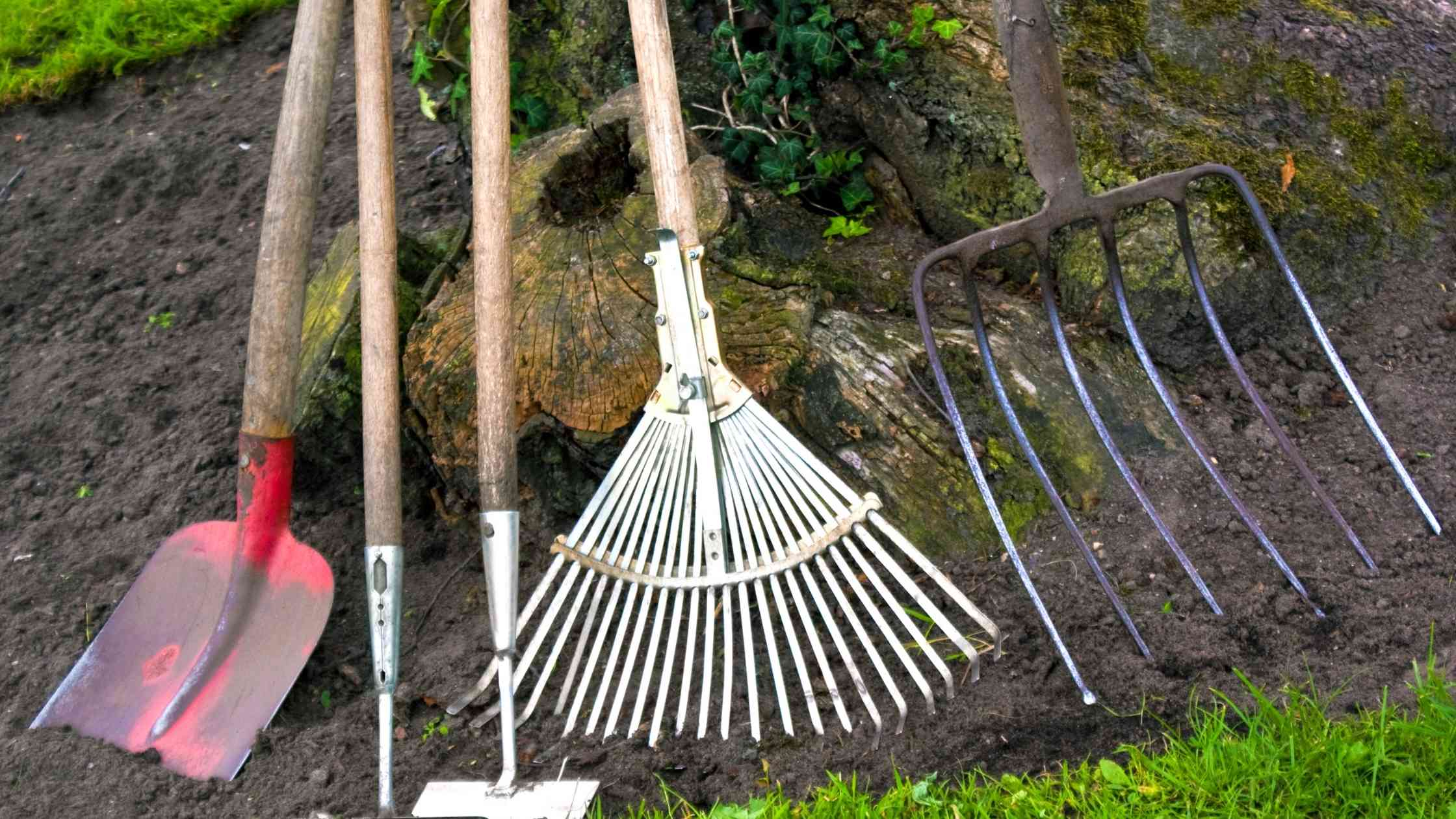
2) Chewing beetles (bite holes in leaves/flowers)
Examples: flea beetles (shot‑hole leaves on radish, arugula, eggplant), cucumber beetles (striped/spotted), Japanese beetles (metallic green/bronze)
Fixes:
- Home remedy: Hand‑pick in the cool morning; knock beetles into a bucket of soapy water.
- Barriers: Use floating row cover on young plants (remove when flowers need pollination). Place yellow sticky traps for cucumber beetles.
- Other controls: Neem oil or kaolin clay (reapply after rain). Companion‑plant decoys (e.g., nasturtiums) if you have space.
3) Caterpillars (leaf‑eating larvae)
Examples: imported cabbageworm (on kale/cabbage), cabbage looper, tomato hornworm.
Fixes:
- Home remedy: Inspect the undersides of leaves and hand‑pick into soapy water; squish egg clusters.
- Biological control: Bacillus thuringiensis (BT‑k) targets caterpillars only. Spray in evening; reapply after rain.
- Barriers: Floating row covers to block egg‑laying on brassicas.
4) Leaf miners (squiggly tunnels inside leaves)
Examples: spinach/beet leaf miner, serpentine leaf miner
Fixes:
- Home remedy: Pinch off and discard mined leaves as soon as you see tunnels.
- Barriers: Cover susceptible crops early with row cover to keep flies from laying eggs.
- Traps: Yellow sticky cards to help reduce adult populations.
5) Slugs & snails (ragged holes; slime trails)
Examples: grey garden slug; various snails
Fixes:
- Home remedy: Night patrol with a flashlight; drop into soapy water.
- Home remedy: Beer traps—sink a cup to rim level and fill with beer; empty daily.
- Barriers/controls: Copper tape around pot rims; keep areas tidy and mulches coarse; use iron phosphate pellets if needed (pet‑safer than metaldehyde).
6) Fungus gnats (tiny flies in container soil)
Examples: adult gnats hovering over potting mix; larvae in top soil layer
Fixes:
- Home remedy: Let the top 2–3 cm of soil dry between waterings; bottom‑water plants to keep the surface drier. Add a 1 cm layer of coarse sand on top as a dry barrier.
- Traps/controls: Yellow sticky cards; BTi (mosquito‑dunk bits) sprinkled on soil as directed.
7) Earwigs (can chew seedlings; sometimes beneficial)
Fixes:
- Home remedy: Set rolled, damp newspaper or cardboard tubes as overnight traps; discard in the morning.
- Home remedy: Soy sauce + oil trap in a shallow container sunk to rim level.
- Habitat: Tidy debris, lift pots, and reduce damp hiding spots near containers.
Safe‑spray tips (important!)
- Spray in the evening to protect bees and avoid leaf burn.
- Test first on one leaf; wait 24 hours.
- Keep sprays off open flowers. Reapply after rain.
Q: What about pests like aphids?
A: Spray them off with water first. If they return, use insecticidal or DIY soap spray. Keep feeding gentle and steady so plants don’t get weak, soft growth that attracts more pests.
Sample Small‑Space Plans (Plug‑and‑Play)
1 m² Sunny Plan (6–8h):
- 1 tomato in a 10‑gal pot (stake or cage)
- 1 cucumber in a 7–10‑gal pot on a trellis
- 2 basil in 2–3‑gal pots

1 m² Part‑Sun Plan (4–6h):
- 2 kale (each in 5‑gal pots)
- 2 chard (each in 5‑gal pots)
- 2 parsley (each in 3‑gal pots)
Low‑Light Window Plan (3–4h):
- Microgreens trays (cut every 10–14 days)
- 1 chives pot
- 1 mint pot (by itself)
Quick Answers (FAQs)
Do I need rocks at the bottom?
No. Rocks don’t help drainage in pots. Use a good potting mix and make sure your container has holes in the base.
Are self‑watering containers worth it?
Yes. They keep soil evenly moist and are great if you’re busy or forgetful. Still check water levels in heat waves.
What is succession planting?
Plant small amounts every 1–2 weeks so you harvest a little at a time all season.
Can I reuse last year’s potting mix?
Yes—if plants were healthy. Remove old roots, mix in fresh potting mix and a bit of compost, and add slow‑release fertilizer. Don’t reuse if you had disease problems.

Is balcony weight a real issue?
Yes—spread out heavy pots and keep the biggest ones along strong edges. Choose lighter materials if you’re unsure.
I have pests like aphids—what now?
Spray them off with water first. If they return, use insecticidal soap. Don’t over‑fertilize; soft growth attracts pests
Conclusion
So there you have it, the Complete Guide to Gardening in Small Spaces. As you can see, as long as you follow some simple guidelines, you too can be enjoying the fruits of your labor (pun intended lol) in no time.
What do you think of the guide? What was most helpful to you? Was there anything that you’d like to learn more about? Let me know in the comments below.

